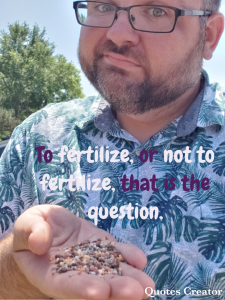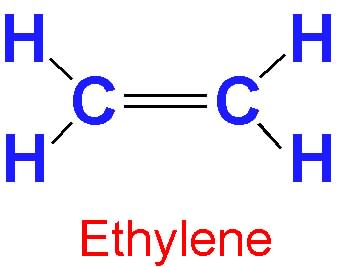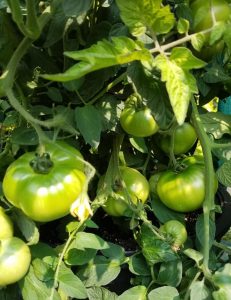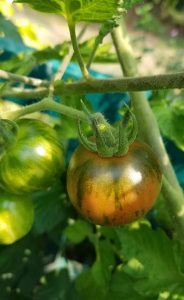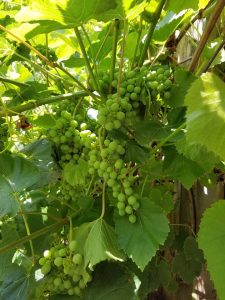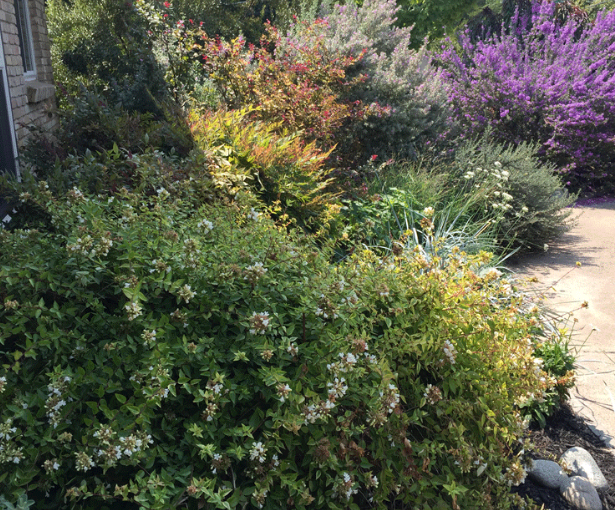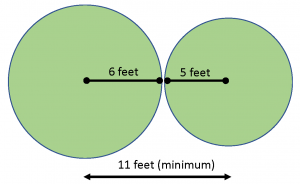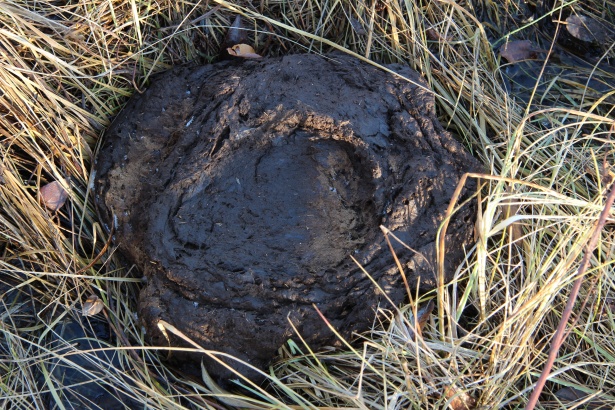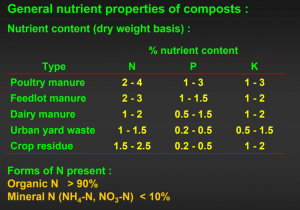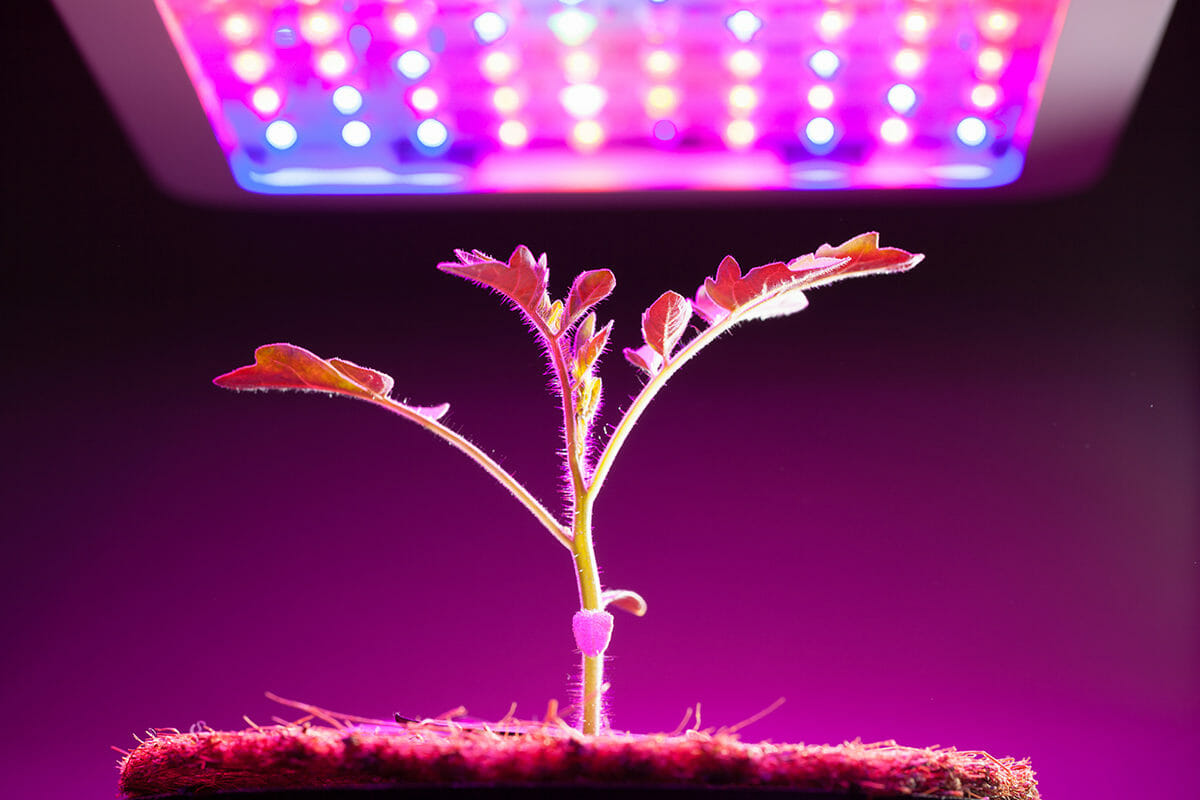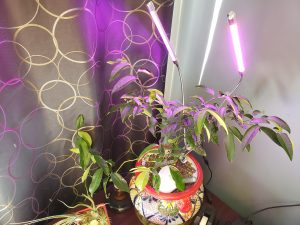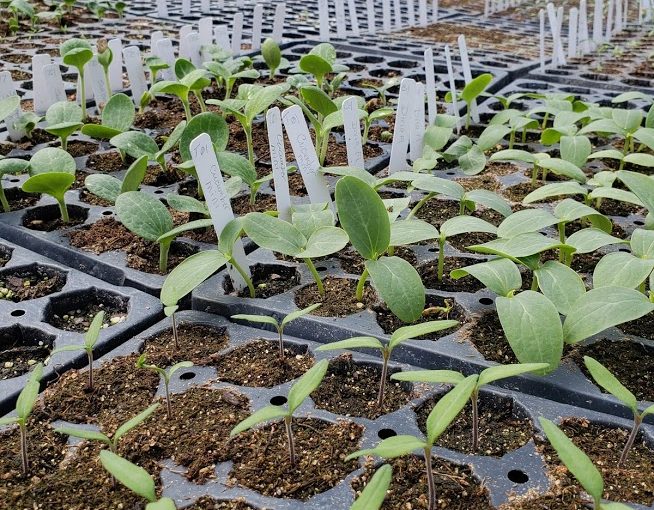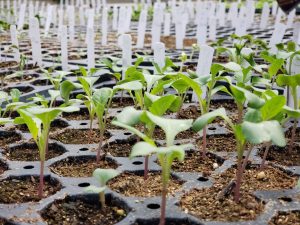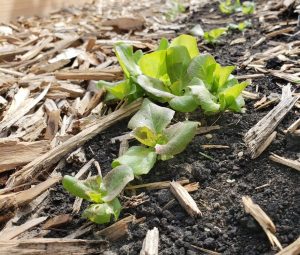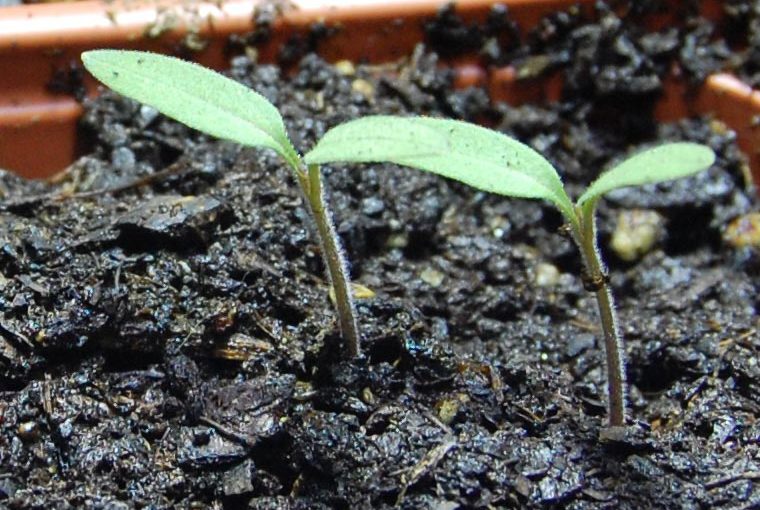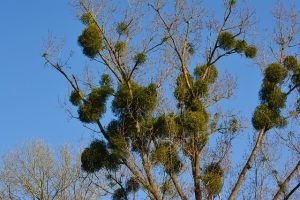The Annual Meeting and Professional Improvement Conference of the National Association of County Extension Agents is that one time of year where extension agriculture professionals gather to share ideas, give talks, network, and let their hair down. The name of the organization is a bit outmoded: many states no longer call their extension personnel agents, but rather educators, experts, professionals, area specialists, and the like. Most aspects of agriculture are included: from the traditional cows and plows of animal science and agronomy to horticulture and sustainable agriculture (I’m the outgoing national chair of that committee). There’s also sharing on agriculture issues like seminars on engaging audiences about genetic engineering, teaching and technology like utilizing social media and interactive apps, and leadership skills.
It is the one time every year or so that Linda Chalker-Scott, grand founder of the Garden Professors, and I get to hang out. If we’re lucky we’ll meet up in some sessions, chat in the hallways, or grab a drink. But one of our favorite conference activities is taking a turn around the trade show floor. This is where companies and organizations are vying for the attention of extension educators to show them their newest equipment and products….we are, after all, the people that share growing and production information with a great number of potential clients across the country.
Since the organization runs on money, almost no company that comes calling with the money for a trade show spot is turned away. This means that the products may or may not stand up to the rigors of scientific accuracy. In years past we’ve found snake oil aplenty, like magical humic acid that is supposed to be this natural elixir of life for plant growth. The only problem is that humates don’t exist in nature and there’s little documentation of any effect on plant growth. The product that was supposed to be this magic potion was created from fossil fuels and no actual peer-reviewed research was offered by the company – hardly convincing. There were magic plastic rings that supposedly acted as protective mulch around mature trees and could slowly release water, except that mature trees don’t really need protective mulch and the amount of water would be negligible to a tree that size. So will we be smiling or scowling when we’ve made our way through the trade show.
Right off we set our sites on a company starting with “Bio”, which can be a good indicator of questionable rationale. That lit up the first indicator on our woo-ometer. Beneficial bacteria you apply to plants/soil: woo-ometer level two. So LCS and I engaged the representative. Asking about the product and what it does. We learned about their different products that could help increase the rate of decomposition of crop residues in farm fields, of turfgrass improvement, increased crop production, and treatment of manure pits on dairy and hog farms (which, if you’ve ever experienced one, you’d know would benefit from any help they can get in terms of smell).
Most of the products like this give vague descriptions of the beneficial bacteria it contains. They’re akin to compost teas that can have any number of good, bad, and downright ugly bacteria and fungi in them. Since you don’t know what’s in these products, any claims on soils or plants are suspect at best. However…our rep went on to tell us that the company created blends of bacteria from specific strains that had been researched for their effects on decomposition, soil nutrient availability, and plant growth. There was a brochure with the specific bacteria listed, along with studies the company had conducted.
We asked about peer-reviewed research, which is our standard for evidence here at the GP, and while he had no results to share he assured us that university-led research is currently in the works. And as we’ve stated in regards to applying of beneficial bacteria to soil – while there’s little evidence showing the effectiveness of applying non-specific bacteria to plants, using directed applications of specific bacteria which have been tested for specific functions are supported by research. So our woo-meter didn’t fully light up. We reset it and continued the hunt.
We scoured the rest of the trade show and found one other soil additive that lit up the first lights of our woo-meter, but the rep must have been out for lunch so without anyone to talk to we couldn’t confirm woo or no-woo.
However…..we did find something spectacular! The local employees of the USDA NRCS (Natural Resources Conservation Service) had an interactive demonstration of soil, specifically showing the benefits of reducing or eliminating tillage. The NRCS works with many farmers to incorporate conservation practices on farms, including no-till production, by providing technical assistance, farm plans, and even grants, cost-share, and easement programs. Many farmers have benefitted from their grant for season extension high tunnels (which are seen as a soil conservation technique, since they shelter soil). We were so enamored with the demonstration, we asked them to do it again…so we could record it. So, for your viewing pleasure check out the video below where you can see how well no-till soil holds its structure while tilled soil falls apart. This effect is from the exudates from all the beneficial microbes in the soil that act like glue to promote good soil structure. We’ll let the video speak for itself……
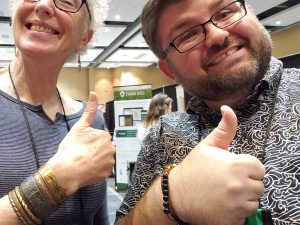 So not only does the trade show get a smile instead of a scowl from us, but also two thumbs up! Either there has been some weeding out of the trade show sponsors, maybe the snake oil salesmen didn’t get the traction they were hoping for at the conference, or hopefully some of these companies have failed to reach an audience with their pseudoscience.
So not only does the trade show get a smile instead of a scowl from us, but also two thumbs up! Either there has been some weeding out of the trade show sponsors, maybe the snake oil salesmen didn’t get the traction they were hoping for at the conference, or hopefully some of these companies have failed to reach an audience with their pseudoscience.
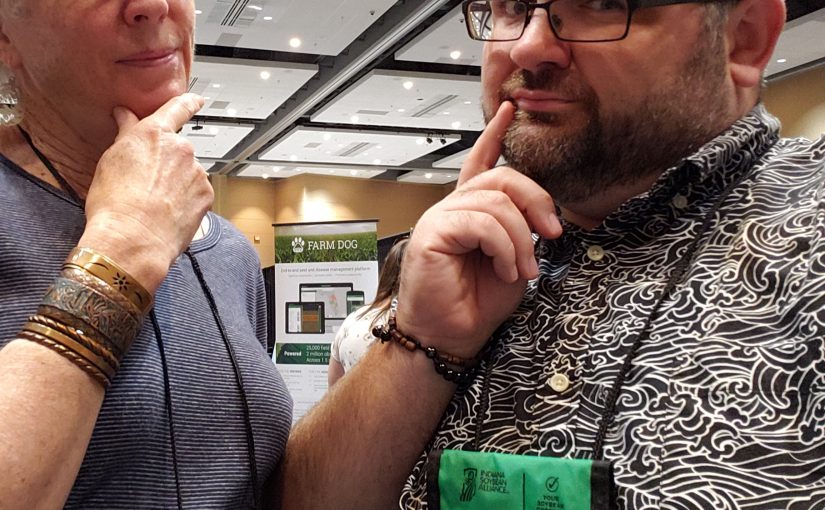
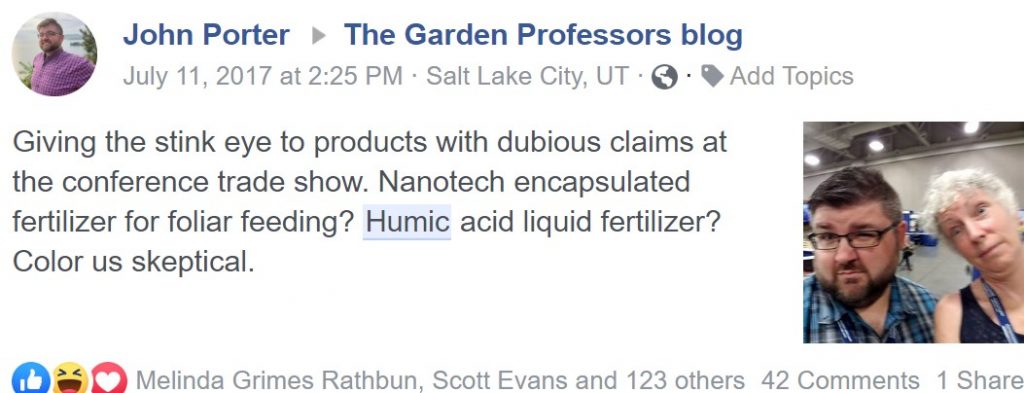
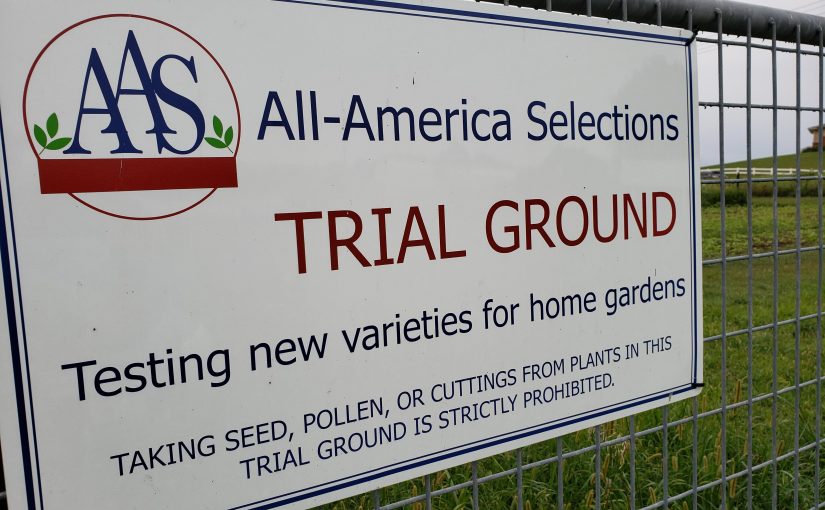
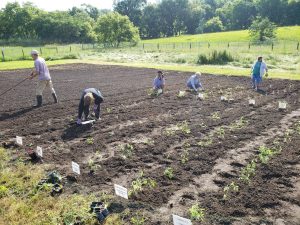
 Asian Delight Pak Choi
Asian Delight Pak Choi

 Pepper Habanero Roulette
Pepper Habanero Roulette
 Eggplant Patio Baby
Eggplant Patio Baby
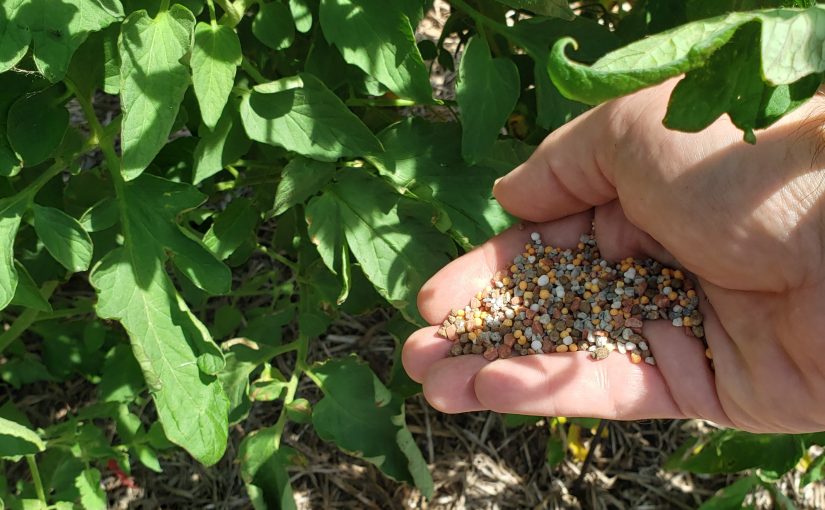
 Your soil test results will usually tell you to add nutrients in pounds per a certain square footage. In the example pictured, there’s a recommendation of 3.44 lbs of Nitrogen per 1000 square feet. That number is for the actual nitrogen, and since different nutrient sources have different amounts of nitrogen you’re going to have to do some math to figure out how much fertilizer you need per 1000 square feet and then multiply that by how many thousands of square feet you have.
Your soil test results will usually tell you to add nutrients in pounds per a certain square footage. In the example pictured, there’s a recommendation of 3.44 lbs of Nitrogen per 1000 square feet. That number is for the actual nitrogen, and since different nutrient sources have different amounts of nitrogen you’re going to have to do some math to figure out how much fertilizer you need per 1000 square feet and then multiply that by how many thousands of square feet you have.
 Another thing your soil test will tell you is the pH of the soil. In general, plants prefer a soil pH just on the acidic side of neutral (between 6.0 and 7.0). There are plants that prefer different pH levels – such as blueberries and azaleas and their need for a more acidic soil between 4.5 and 5.2. Changes in pH affect the availability of nutrients to plant by affecting ionic bonds of the elements. For the most part, the nutrients are more available at that neutral pH. You’ll note that iron is more available at lower pH levels, which is why those acid-loving plants grow better at lower pHs – they’re heavier iron feeders.
Another thing your soil test will tell you is the pH of the soil. In general, plants prefer a soil pH just on the acidic side of neutral (between 6.0 and 7.0). There are plants that prefer different pH levels – such as blueberries and azaleas and their need for a more acidic soil between 4.5 and 5.2. Changes in pH affect the availability of nutrients to plant by affecting ionic bonds of the elements. For the most part, the nutrients are more available at that neutral pH. You’ll note that iron is more available at lower pH levels, which is why those acid-loving plants grow better at lower pHs – they’re heavier iron feeders.